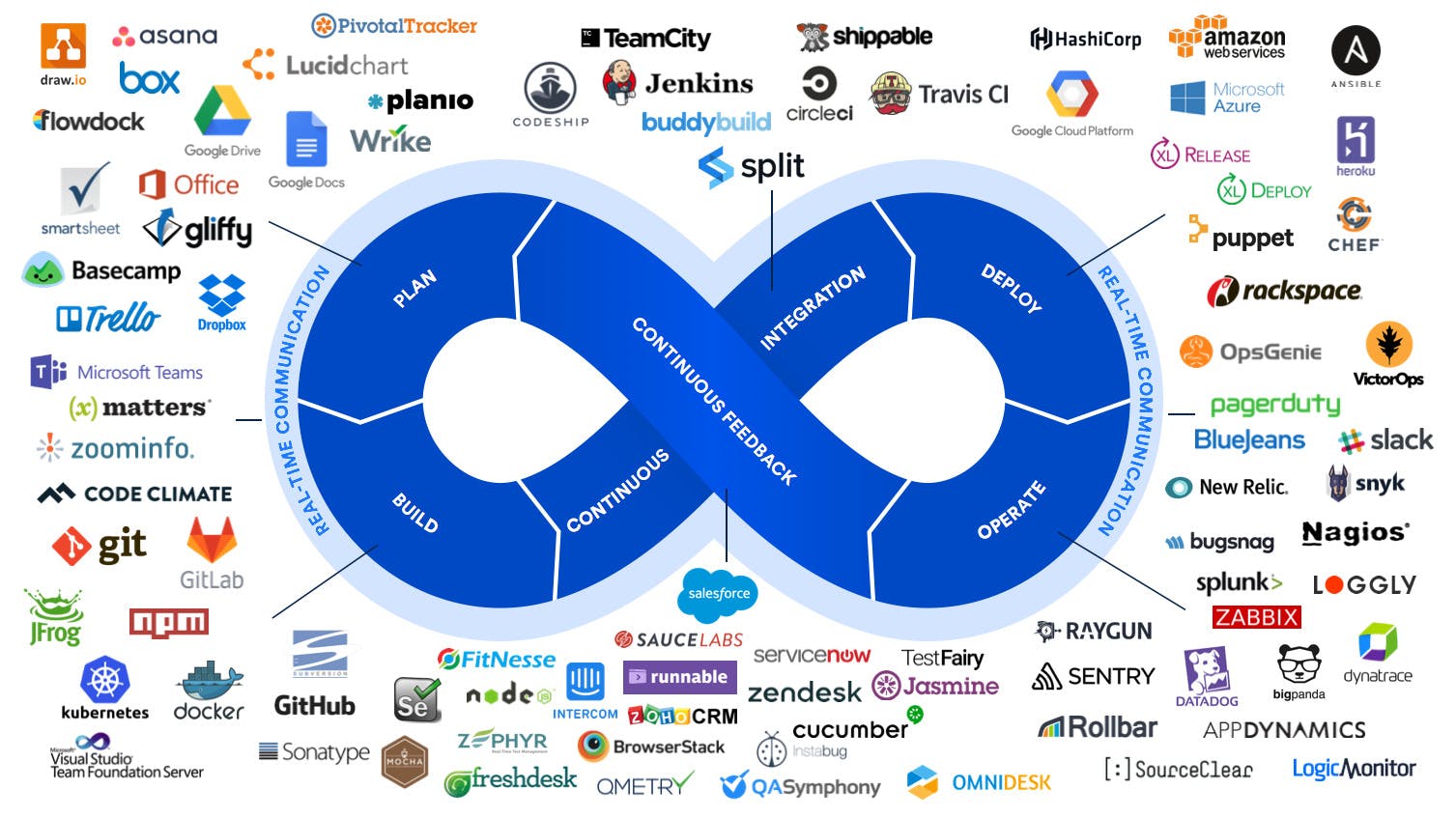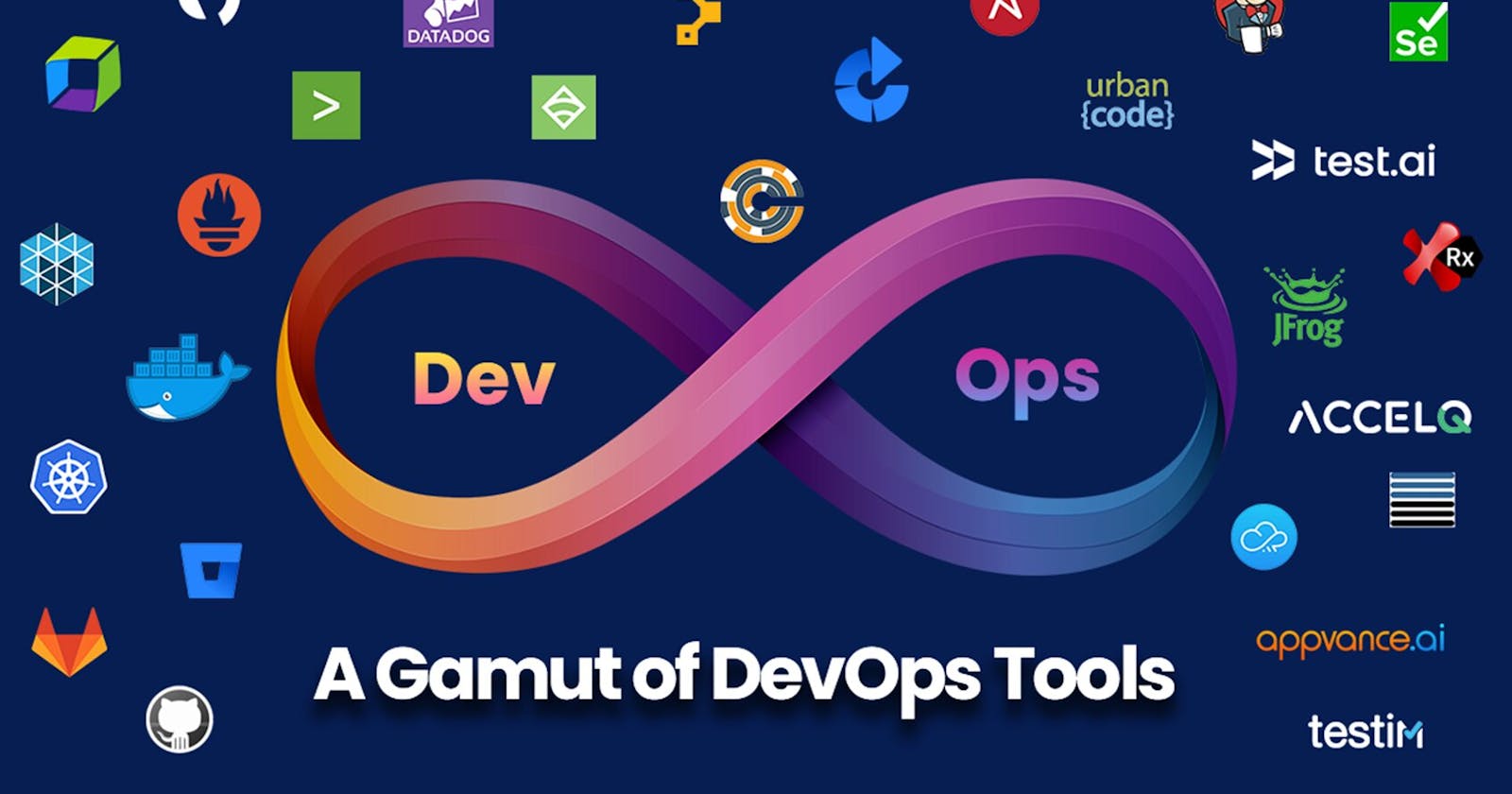Getting Started with DevOps: A Beginner's Guide
Improving Software Delivery with DevOps: "A Guide to Collaboration and Automation"
Introduction
In this Article, my goal is to tell you what is DevOps and How can you get started with DevOps in a very easy language.
DevOps is a methodology that combines software development with IT operations to improve the efficiency, reliability, and speed of software delivery. It emphasizes communication, collaboration, and automation between development and operations teams, enabling organizations to release high-quality software quickly and consistently.
What is DevOps?

DevOps is a set of practices and tools that aims to reduce the time and effort required to develop, test, and deploy software. It is based on the Agile software development methodology and the Lean manufacturing approach, which emphasizes continuous improvement and the elimination of waste. DevOps promotes a culture of collaboration and communication between developers, testers, operations, and business stakeholders, enabling faster and more frequent releases of the software.
That was a brief overview of DevOps now lets Look at some various steps involved in the DevOps process.
DevOps involves several key practices, including:
Continuous Integration (CI): A practice where developers frequently merge their code changes into a shared repository, which is then automatically tested and built. This helps identify and fix issues early in the development process, reducing the risk of defects in the final product.
Continuous Delivery (CD): A practice where software is automatically built, tested, and deployed to production environments using automated tools and processes. This allows teams to release software changes quickly and reliably, with minimal manual intervention.
Infrastructure as Code (IaC): A practice where infrastructure resources, such as servers and networks, are defined and managed using code. This allows teams to version control and automate the provisioning and configuration of infrastructure, making it more scalable and reliable.
Monitoring and Logging: A practice where software and infrastructure are monitored continuously, and log data is collected and analyzed to identify issues and improve performance. This helps teams detect and resolve issues before they impact end users.
Getting Started with DevOps
Now let's talk about how to get started with DevOps:
Learn the basics: Start by reading up on DevOps principles, practices, and tools. There are many resources available online, including blogs, videos, and tutorials.
Choose a toolset: There are many tools available for DevOps, including version control systems, build and deployment tools, and monitoring and logging platforms. Choose a toolset that best suits your needs and skillset.
Start small: DevOps is a complex and evolving practice, so it is important to start small and focus on one area at a time. For example, you could start by automating your build and deployment process, or by implementing a monitoring and logging solution.
Collaborate: DevOps is all about collaboration, so involve your team and stakeholders in the process. This will help ensure that everyone is aligned and working towards the same goals.
Measure and improve: DevOps is based on continuous improvement, so it is important to measure your progress and identify areas for improvement. Use metrics such as lead time, deployment frequency, and failure rate to track your progress and identify areas for improvement.
Conclusion
DevOps enables faster and more reliable software delivery through collaboration, automation, and continuous improvement. Learning DevOps can benefit your career and organization, so start small by learning the basics and take steps towards implementation. With time and practice, you can become a DevOps expert and help your organization achieve its software delivery goals.
